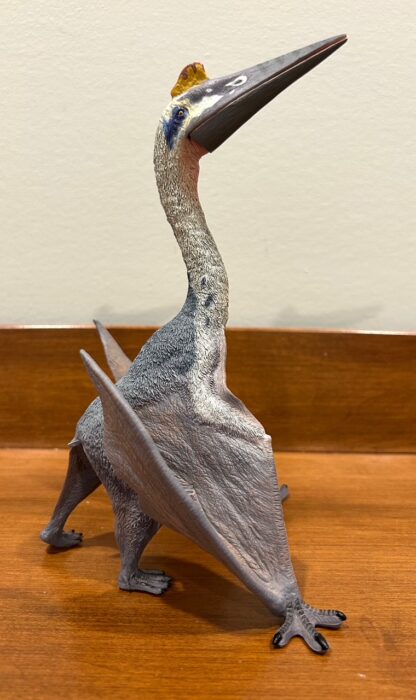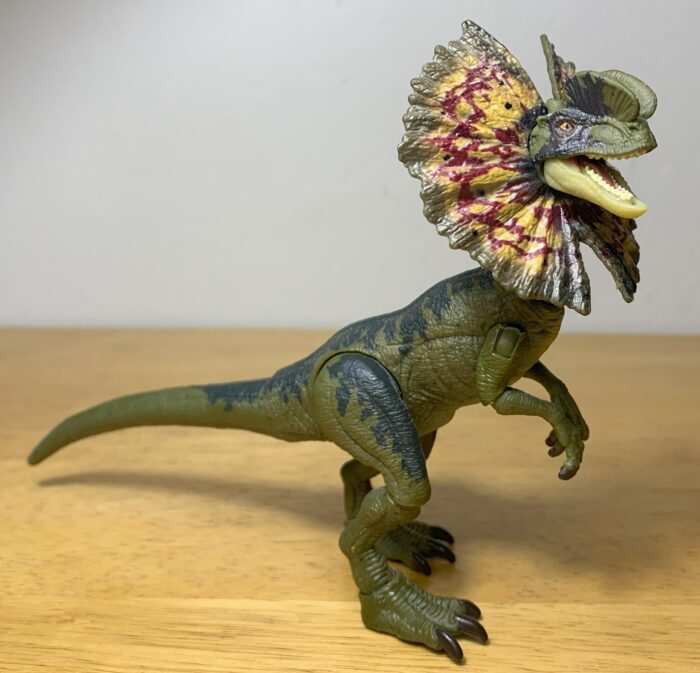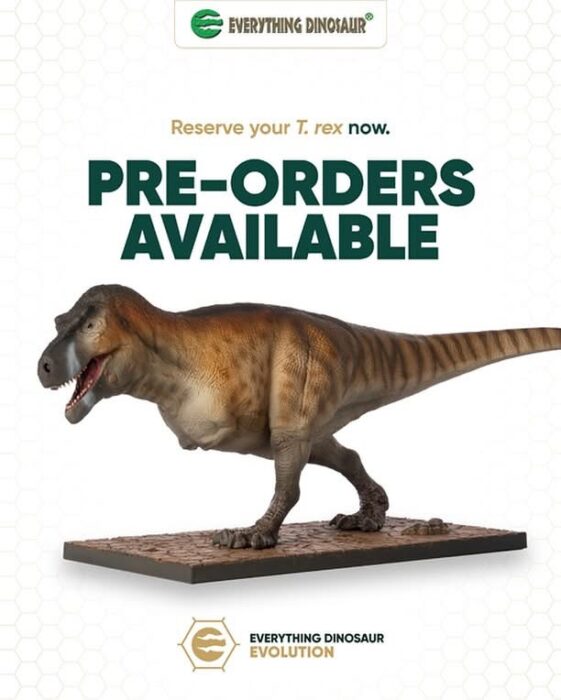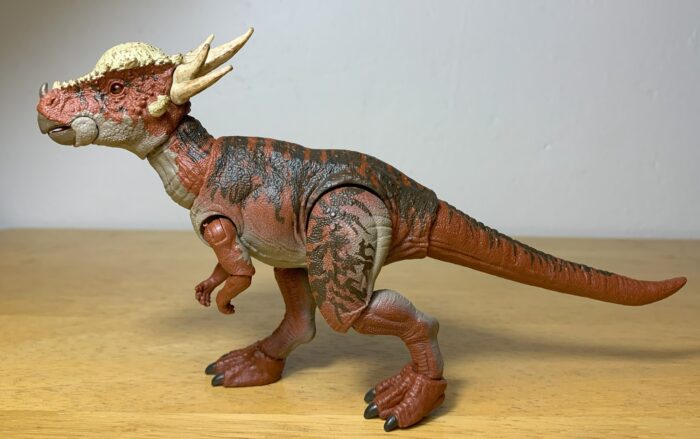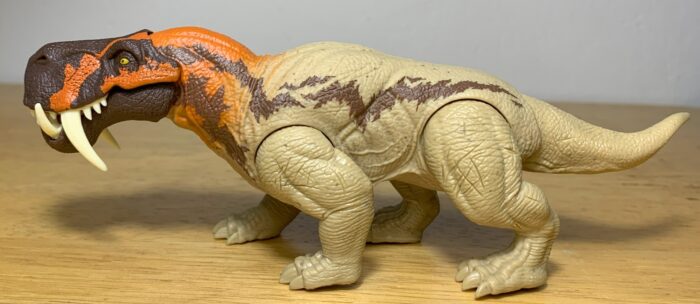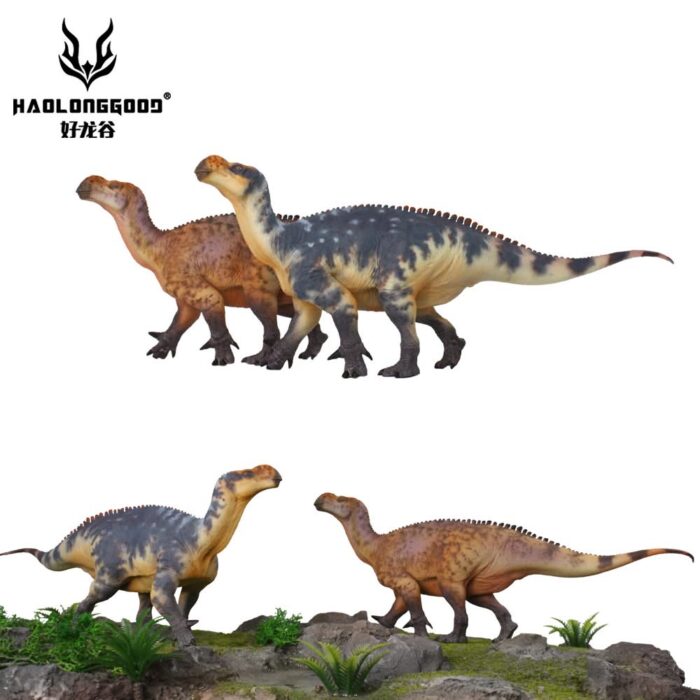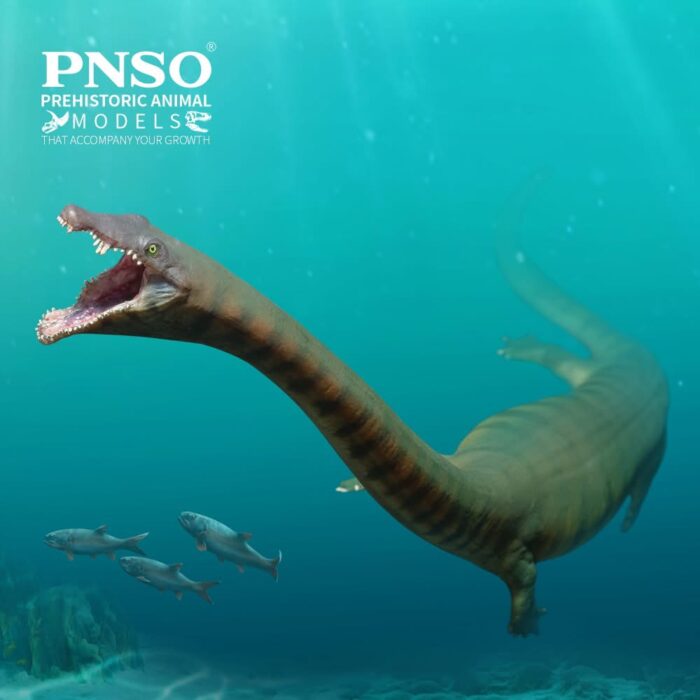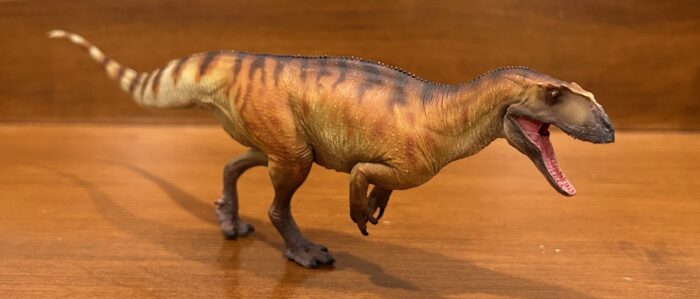When news of the discovery of Quetzalcoatlus first began breaking back in the late 1970s, it inspired a wave of paleoart depicting a rather bizarre and somewhat unnerving creature that ended up bearing very little resemblance to the mighty azhdarchid. The very first rendition appears to have been by Giovanni Caselli in 1975.
Review: Dilophosaurus (Jurassic Park, Hammond Collection by Mattel)
News: Upcoming release from Everything Dinosaurs Evolution (New for 2025)(Pt.3)
Review: Mosasaurus (Jurassic World: Rebirth, Bite ‘N Blast by Mattel)
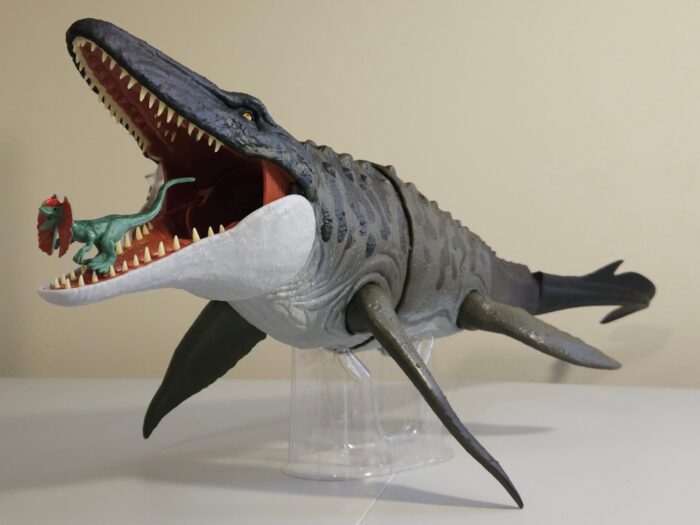
I generally don’t have favorable opinions about the Jurassic World trilogy, but I’ll give them credit for one thing: reinstating Mosasaurus as the A-List paleo-media star it deserves to be. Mosasaurus has been a staple of Mesozoic media since its discovery two centuries ago now; but thanks to its prominent appearances in the Jurassic World films, the mighty quasi-lizard of the ocean has been thrust front and center into widespread fame once again.
Review: Euhelopus (1:35 Science and Art Model by Haolonggood)

In the last several years, the toy dinosaur community has seen an exponential increase in figures of dinosaurs discovered in China, driven mainly by the prolific China-based companies PNSO and Haolonggood. Today we looking at the first dinosaur seriously scientifically investigated from China, the sauropod Euhelopus zdanski of the early Cretaceous.
News: Upcoming release from Everything Dinosaur Evolution (New for 2025)(Pt.2)

Everything Dinosaur has revealed pricing for both versions of their upcoming Evolution 1:33 scale Tyrannosaurus rex. Better start saving up!
The Collector’s Edition will cost £99.99, which currently converts to $184.08 Canadian and $134.37 US. To reserve one, send an email to mike@everythingdinosaur.com.
Review: Stygimoloch (Jurassic World: Fallen Kingdom, Hammond Collection by Mattel)
Review: Kileskus (Jurassic World: Danger Pack by Mattel)
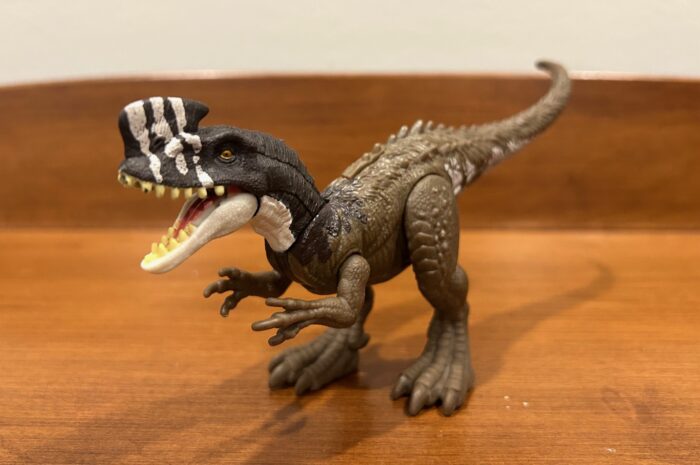
Discovered in Russia, Kileskus is a relatively small tyrannosauroid that lived during the Middle Jurassic period some 166 million years ago. While its remains are rather fragmentary, they are enough to determine that their owner was a proceratosaurid, closely related to Guanlong and Proceratosaurus itself.

